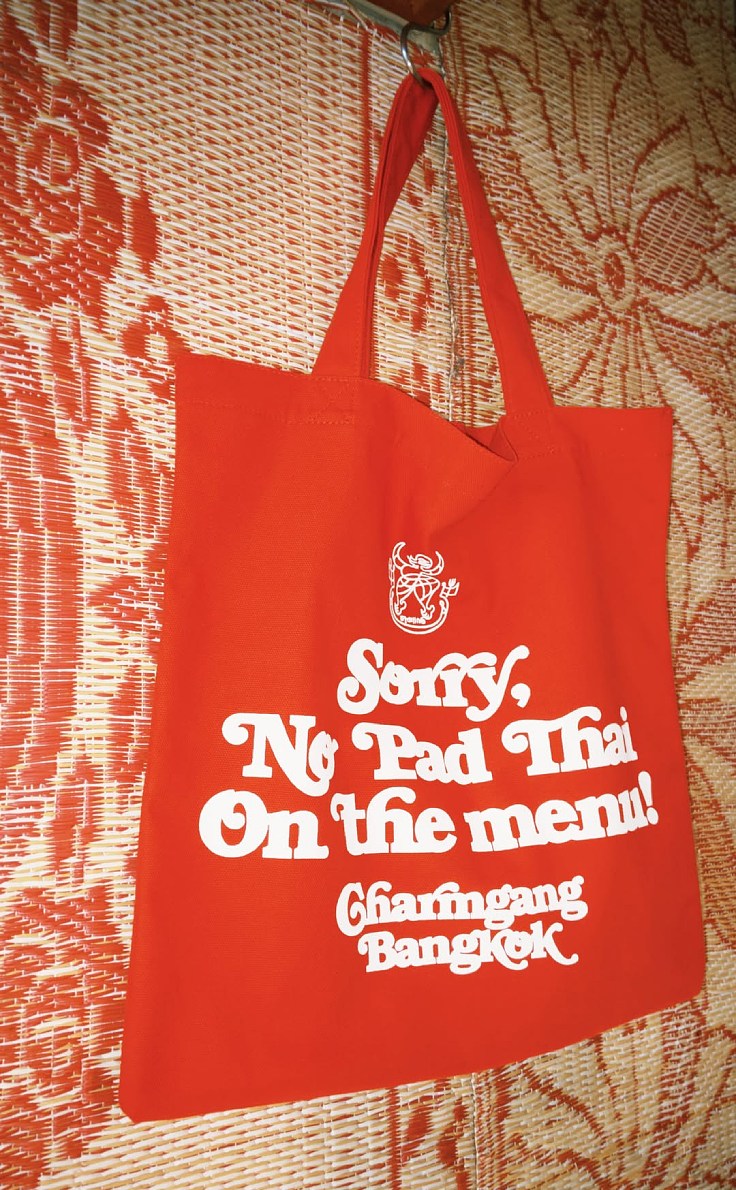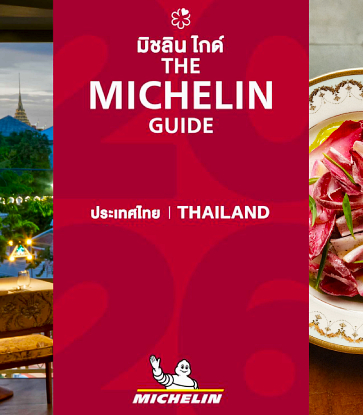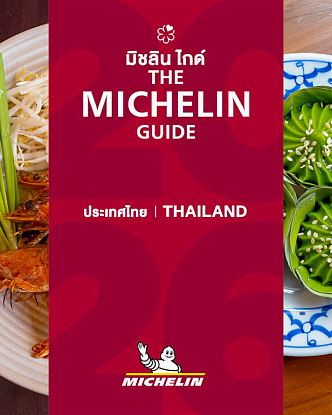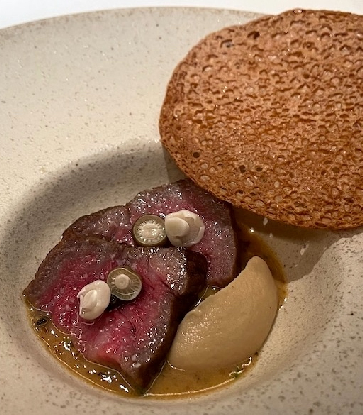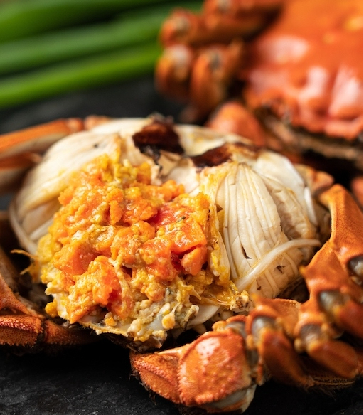Down the cobbled streets of narrow alleys, the scent of freshly-baked pizza wafts through the air. Around the corner, small shops tempt passersby with their display of luscious swirls. This paints a quintessential Italian picture, one that gelato is very much a part of.

Icy Beginnings
We might know gelato in its rich creamy form today, but the origins of this Italian frozen treat dates back thousands of years to when Romans began the ritual of eating crushed ice covered with honey.
Florence-born designer and architect Bernado Buontalenti is also a name that comes up when looking into the discovery of gelato. Known for his design of villas and gardens – the palace of Bianca Cappello in Via Maggio is an example – Buontalenti was asked by the Medici family in the late 1500s to prepare an awe-inspiring feast for the visiting King of Spain. His creation: an icy sweet treat made with the use of some salt (to lower its melting point), sugar, egg and honey. The cold cream, flavored with bergamot, lemon and orange, became known as gelato.
As restaurateurs and other gelato-makers moved around the world, gelato soon spread throughout other parts of Europe and the world.

Gelato vs. Ice Cream
While many will use the terms gelato and ice cream interchangeably, the former is Italian for “frozen” while the latter is an American term. It is said that gelato first made its way to the US in 1770, brought over by Italian immigrants. Changes in technology led to Americans cranking out this frozen treat more easily, which also marked the start of industrial ice cream production.

Both processes begin with pasteurization of the milk and cream, then left to age over time for science magic (read: chemistry) to happen.
Next, the liquid mix is churned and frozen simultaneously. During this step, air is incorporated into the mix, and this is where gelato and ice cream differ.
Air in frozen sweets is known as “overrun.” The percentage of ice cream expands due to air incorporation during freezing. For example, a 1-liter liquid mix that yields a 2-liter tub of ice cream has an overrun of 100% (equal parts air and liquid). Soft serves and industrial ice creams tend to have very high overruns of 100% or more, while the percentage of overrun for gelato is usually 30%. This is why gelato is thicker in texture compared to ice cream.
The original article was written by Meryl Koh and was first published here.
Published 2017.06.02





